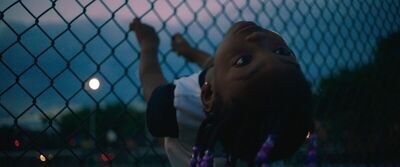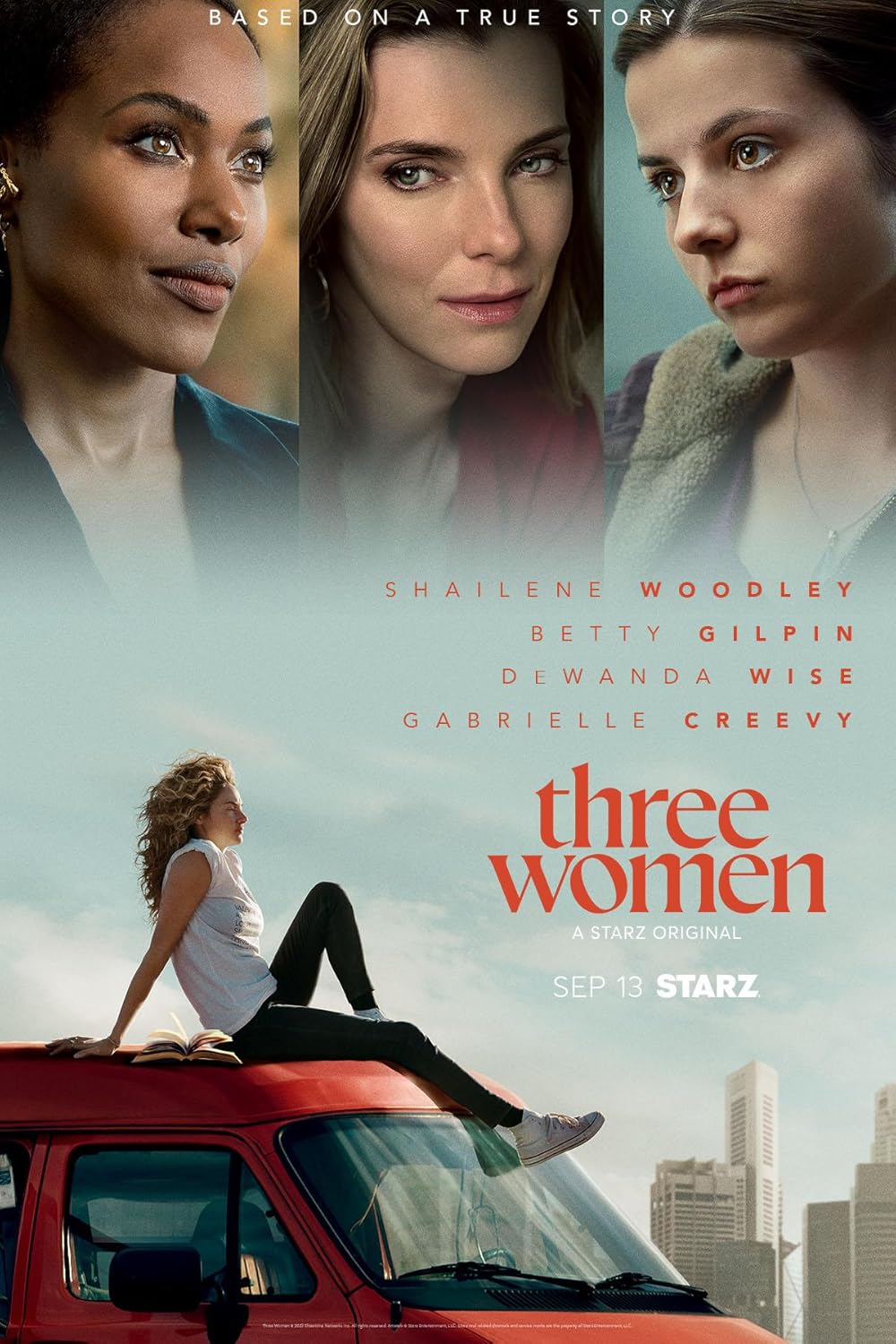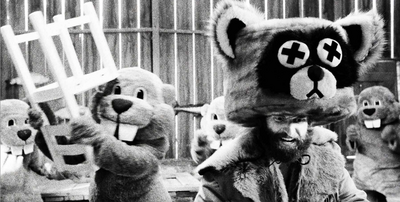

In 2013, Angela Patton gave a TEDXWomen Talk that went viral. She spoke about a program she created in Richmond, Virginia, to bring girls and their incarcerated fathers together in an environment that would make the fathers and daughters feel cherished and connected. These “Daddy Daughter Dances” have been so impactful the program has expanded to other prisons. “Daughters,” co-directed by Patton, is a documentary about the first of these dances in a Washington D.C. prison. In the film, she says that when she wrote the man in charge of proposing it, he responded with a quick yes: “No one has ever requested something as powerful as this moment.”
To qualify for the program, the fathers have to complete a 10-week program to strengthen their fathering skills, which means sharing some painful experiences, regrets, and fears. One man says it is the first time he has ever been in an environment where men talk about feelings.
As the title indicates, Patton and co-director Natalie Rae make the girls the center of the story, with four as the focus. Aubrey is an adorable five-year-old when we first see her. She is proud of being the smartest in her class, and she has a wall covered with her certificates of achievement. She is especially interested in arithmetic and has already memorized the multiplication tables. As she keeps explaining the meaning of the numbers, we understand that one reason they are so meaningful to her is that she is trying to understand when her father’s seven-year sentence, longer than the time she has been alive, will be over.
The absence of their fathers affects them more traumatically as they get older and understand it is the result of bad choices. Santana, age 10, understands her father’s situation better and, with two younger siblings, says she has had to become the dad in her family. She grimly insists she might get married someday but will never have children. 11-year-old Ja’Ana says sadly, “I don’t even remember his face. I don’t remember nothing about my father.” Raziah, who is 15, is cynical, hurt, and angry, even considering suicide. The most telling example, though, comes from one of the men, who tells the group he first became sexually involved with his daughter’s mother when she was just 13. She gave birth to his daughter at age 14. He recognizes that if her father had been there for her instead of in prison, she would not have been so vulnerable to his attention.
Cinematography by Michael Fernandez and gentle music by Kelsey Lu give the film a warmth and lyricism that reflects the girls’ innocence. Slight slow-motion effects here and there reflect the long days and “long, long thoughts” of the very young. We see moving moments from Patton’s programs to support and encourage Black girls and their mothers to recognize their strength, resilience, and sense of community. Patton knows how much the mothers have contributed and wants them to feel pride and a sense of sisterhood with each other. By making it possible for the girls to bond with their fathers, she is helping the mothers, too. “When our families are intact, our communities rise.”
There are dozens of carefully observed and touching moments in “Daughters,” which won both the Documentary Audience Award and the Festival Favorite Award at Sundance. Watching the fathers change out of their orange prison uniforms into jackets and ties is extremely powerful. And then it becomes even more meaningful as we see some of the fathers teaching others how to tie a tie, a skill we associate with tended bonding moments between father and son, then with occasions like graduation, dates, and interviews for office jobs that these men never had. It is enormously moving to see the men with boutonnieres on their lapels, and then, when the sad goodbyes begin, each of them passes the flowers on to the daughters as a symbol of their dedication.
Why are the men in prison? That is not the subject of this movie. What matters here is that, as a character says in “American Fiction,” “Nobody is as bad as on their worst day.” They love their daughters. Not being able to be a part of their lives adds to their sense of hopelessness. More importantly, their daughters need them to be present in their lives. As with the Rehabilitation Through the Arts program featured in “Sing Sing,” the recidivism rate for participants in this fatherhood program is around three percent. In an update at the end, one of the fathers explains that he had never been out of prison for more than six months since he was a teenager until he saw how important it is to be there for his daughter. By the time of the update, he had been out of prison for four years and was determined to stay out.
Many prisons have eliminated in-person visits in favor of expensive (for the families) remote connections. As they hug for the first time in years, the fathers and daughters show an ineffable release of infinite tension and sorrow. As one of the fathers says, “For that six hours, I wasn’t incarcerated.”



